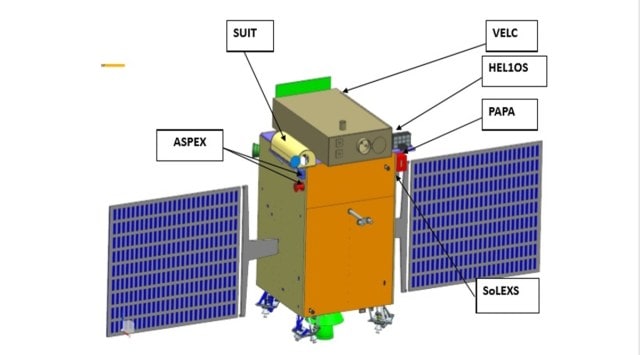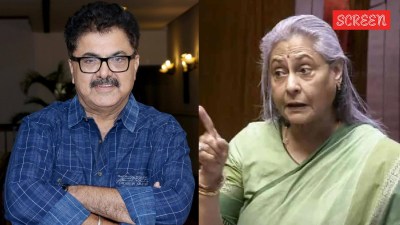ISRO’s Aditya L1 and DISHA twin satellites to help deepen India’s space weather knowledge
Aditya L1 is scheduled to be launched sometime this year whereas the twin satellites—Disturbed and quiet time Ionosphere-thermosphere System at High Altitude (DISHA)—have been conceived to understand Sun-Earth interactions and their effects on Earth's upper atmosphere.
 Aditya L1 will be India's maiden mission to the Sun. Source / ISRO
Aditya L1 will be India's maiden mission to the Sun. Source / ISROAditya L1, India’s maiden mission to the Sun, and two dedicated satellites to observe Sun-Earth linkages will take forward India’s research in space weather, officials of the Indian Space Research Organisation (ISRO) said on Tuesday.
Aditya L1 is scheduled to be launched some time this year whereas the twin satellites — Disturbed and quiet time Ionosphere-thermosphere System at High Altitude (DISHA H and DISHA L) have been conceived to understand Sun-Earth interactions and their effects on Earth’s upper atmosphere.
“The magnetic latitudes and longitudes play a major role in the manifestation of effects of space weather events and its effects on Earth’s upper atmosphere,” said Shantanu Bhatawdekar, scientific secretary, ISRO. He was speaking during a one-day virtual national meet on aeronomy research titled ‘ Science of Near-Earth Space and Applications’ organised by ISRO on Tuesday.
Aeronomy is closely associated with the science of space weather. It is useful in issuing early warnings required to safeguard space-based applications and assets. Space weather affects a plethora of activities including communication, power, civil aviation, earth science, defence and broadcasting. “But many do not realise how global climate is linked to our day-to-day activities,” said S Somanath, ISRO chairman, in his inaugural address at the national meet.
Participating senior officials representing eight ministries — telecommunication, earth sciences, civil aviation, defence, power, science and technology, electronics and IT, information and broadcasting — also shared their visions and sector-specific expectations from ISRO’s DISHA satellites.
DISHA H (high-inclination orbit, around 85 degrees) and DISHA L (low-inclination orbit, around 25 degrees) will have similar sets of scientific instruments and payloads. These will measure parameters like electron and ion current density and neutral mass spectrum, among others. Each will have six payloads to study the relevance of space weather and its effects on terrestrial upper atmosphere.
Solar physicist and head of Centre of Excellence in Space Sciences India (CESSI) at IISER, Kolkata, Dibyendu Nandi, said, ” I urge the Department of Science and Technology (DST) to fund fundamental space weather research similar to mission-mode projects on nano and quantum technologies…”.
Dibyendu Chakrabarty from the Physical Research Laboratory highlighted that the twin DISHA satellites could help in fine-tuning operations of other existing low earth orbiting satellites having a variety of applications.
“In order to improve the applications, we will need to have better understanding of the low earth medium and their variabilities in quiet times,” said Chakrabarty.







